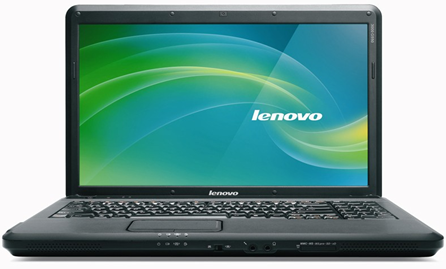
A couple of days ago I bought two Lenovo G550 laptops – one for me, one for my wife. After spending a day browsing all the online shops and driving around all computer outlets in the city, I decided that this is the best option available.
Specifications: Dual-core 2Ghz Intel CPU, 15.6 inch glossy screen (WXGA, maximum resolution 1366×768), 4 GB of RAM, 250 GB hard disk, a bunch of USB ports, HDMI out, DVD writer, WiFi, and all the standard stuff, weighting at around 2.7 kilograms. Battery life is around 4 hours. Price: 500 EUR + 15% VAT = 575 EUR.
Both machines are running Linux (Fedora 12) already, even though they were coming with some Windows pre-installed. I wouldn’t know which one since I haven’t even booted into that once. Fedora Linux installation was straight-forward and everything worked, except for the wireless networking, which needs an extra step to enable those Broadcom drivers. Gladly, the required step is widely covered in the blogosphere. – basically, enable RPM Fusion yum repository, install kmod-wl package, and reboot your machine.
Everything is working find and I really enjoy the laptop, except for a few things that annoy me with its keyboard. The layout is somewhat weird. First of all, I am not used to having a number pad on a laptop keyboard. But that’s OK – if there is space, then why not, right? Well, there is space, but I think it would have been utilized better for Home, End, PgUp, and PgDn keys. As they are now, PgUp and PgDn are located next to navigation arrow keys and Home/End keys are only accessible through a Fn key, which is really strange. On top of that, Insert and Delete keys are in a different part of the keyboard – on top of the Backspace key. And while I don’t use Caps Lock all that often, some people will notice that Caps Lock indicator is missing, as well as NumLock and ScrollLock. What can I say? That’s one weird keyboard layout.
Other than that though there is nothing that I can complain about. The machine is nice and cool and pleasant to use. My wife seems to enjoy it as well.
